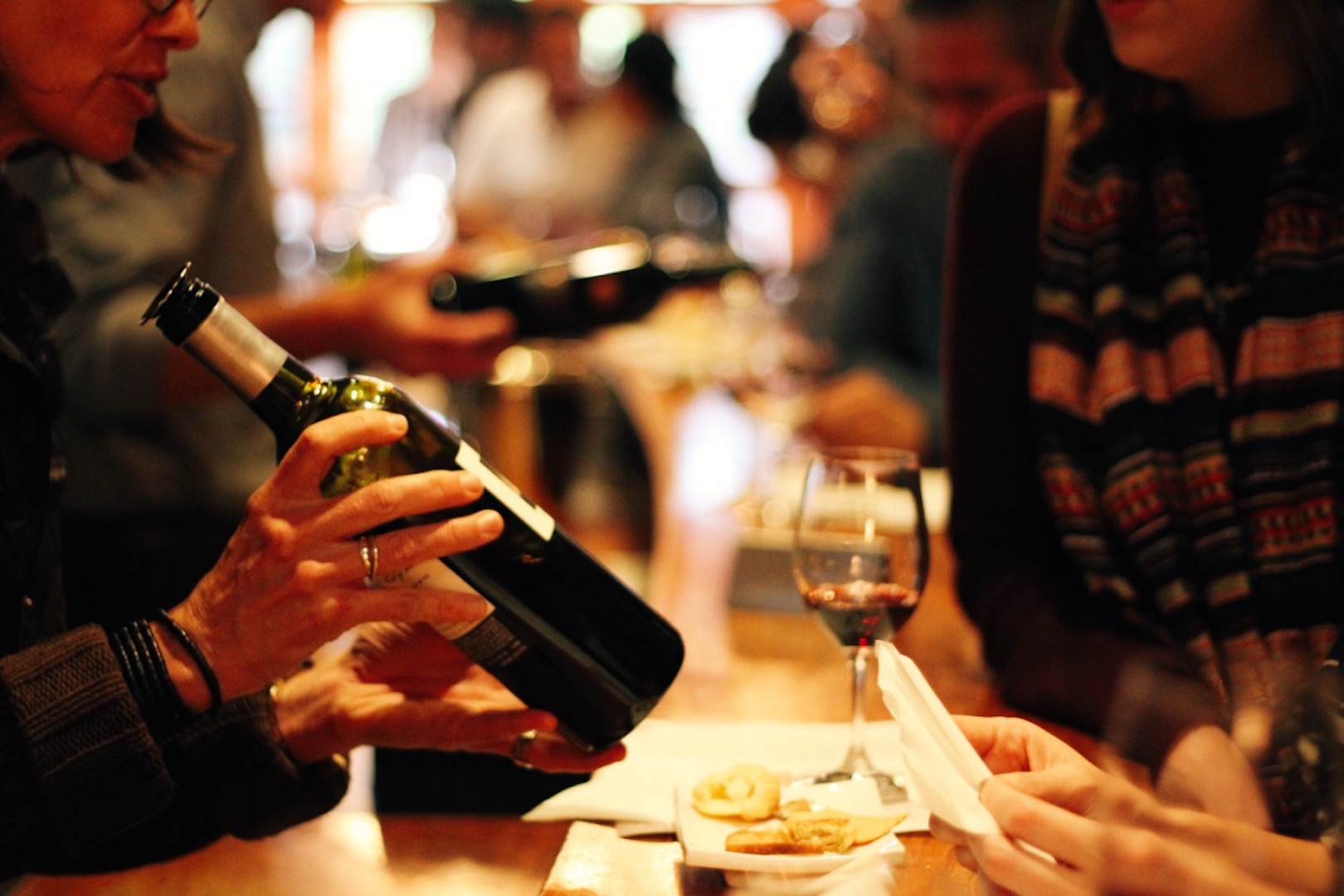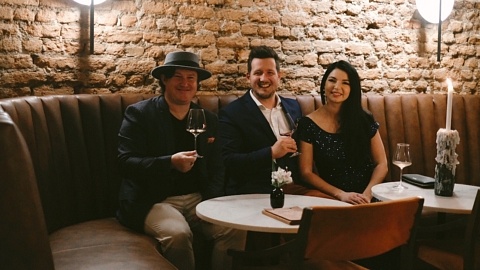Fruit bombs. Disneyland crowds. Over-oaking. Rampant commercialisation. Wine so high in alcohol it could run a car.
These are some of the more extreme opinions I had heard about Napa Valley and North American wine in general while still living in Burgundy, which many wine lovers regard as the greatest wine region on earth. I’m glad that I took these sentiments with a pinch of salt, keeping the Judgment of Paris in mind (throwback to 1976 when Napa Wines ousted the French in a blind tasting for the first time. If you’ve seen the movie Bottle Shock, you know that four decades later this continues to be a bragging point for ‘Murrica). On the flip side I had heard enough good things about Napa to make me want to spend four months working there (okay and drinking a fair amount too) to get a feel for what the place is really about. So which rumours turned out to be true, if any? After conducting some serious research involving numerous red, white and pink specimen, here’s my verdict on this prominent wine region.
The Scenery
To be honest, when I first arrived in July I wasn’t bowled over by the fabled beauty of the Valley. Having been spoilt by the dramatic mountains of the Cape Winelands and the diverse regions in Europe, Napa seemed a little more bland with its expansive yet precisely-planted vineyards against a backdrop of scrubby brown hills. I soon realised, however, that you have to get off the main highway to see the truly stunning scenery in areas such as Mount Veeder and the Stag’s Leap District. Come Autumn, everywhere is gorgeous when the vine leaves erupt in a brilliant spectrum of gold and crimson.
The Swag
It’s an unavoidable fact: Napa Valley has a lot of swag – and I don’t mean the kind Jay-Z claims to have invented. What I’m talkin’ about is the sheer amount of branded paraphernalia on sale at wineries. Some see this as over-commercialisation, while others figure that hey, if you can make an extra few bucks selling a branded golf shirt along with your wine, why the hell not? This was a bit of a shock for me right after a year in France, but I soon realised that you have to view it within the broader American framework. Let’s face it, Napa Valley is located within the greatest consumer culture in the world, so you kind of have to accept that the wine culture isn’t going to sit completely apart (read: Toto, we’re not in Bordeaux anymore). That said, there are plenty of smaller wineries with less overt marketing and more of an old world approach. Whichever side of the swag fence you find yourself on, the larger Napa wineries are laughing all the way to la banque.
The Crowd
If I took a sip of Zinfandel for each time I heard Napa Valley being referred to as ‘Disneyland for adults, I would have fallen off my chair some time ago. Napa Valley is a mere hour-long drive North of San Francisco (well, depending on the traffic) and has its own small airport (as the private jet flies, L.A. is also just an hour away). While its origins may be humble, Napa’s convenient location makes it the perfect boozy weekend getaway for anyone in the state with a bit of cash to flash around. Both Silicon Valley and Hollywood names feature prominently in the visitor books – so welcoming the likes of Reese Witherspoon, Cameron Diaz and Drew Barrymore is not uncommon as the team at Blackbird Vineyards informed me shortly after joining them. Despite this, I found the residents and those working in the industry to be some of the warmest and most down-to-earth people I have ever met, who also happen to be devoted to beautiful wine. Which brings me to the most important point…
The Wine
In general, I did find many of the wines I drank to be bigger, bolder and fruitier than what I was used to (which I wouldn’t say is a bad thing – just different). That said, I think Napa Valley is not unlike any other famous wine region in the world – there are a range of different styles hinging on an even greater range of variables. One of the first questions I asked our winemaker Aaron Pott is if he could describe a typical Napa wine to me. Well, he couldn’t. He said that the diversity of soil types, microclimates and viticultural and winemaking practices make it impossible to pin down one particular kind of wine that encapsulates Napa Valley. It took me a while to work this out for myself, but he was totally right. While bold reds like Cabernets and Zinfandels are Napa’s prized show ponies, there are light, fresh Alsatian blends and Pinots from the likes of Robert Sinskey Vineyards (where I took the pictures for this post) that are among the best I’ve ever had.
If I could single out one main thing that Burgundy taught me about wine, it would be the influence of terroir. As for Napa, I would say that it taught me the importance of people. From quirky winemakers like Aaron who can quote Socrates by heart and somehow infuse some of that magic into the wine, to wine educators like Betsy at Robert Sinskey who bring the Napa Valley story to life for visitors every day, Napa Valley is the most people-oriented wine region I have ever visited. For me, and I imagine for anyone who has spent some time in Napa, that human connection is far deeper than the appearance of any Cabernet.




























4 Comments